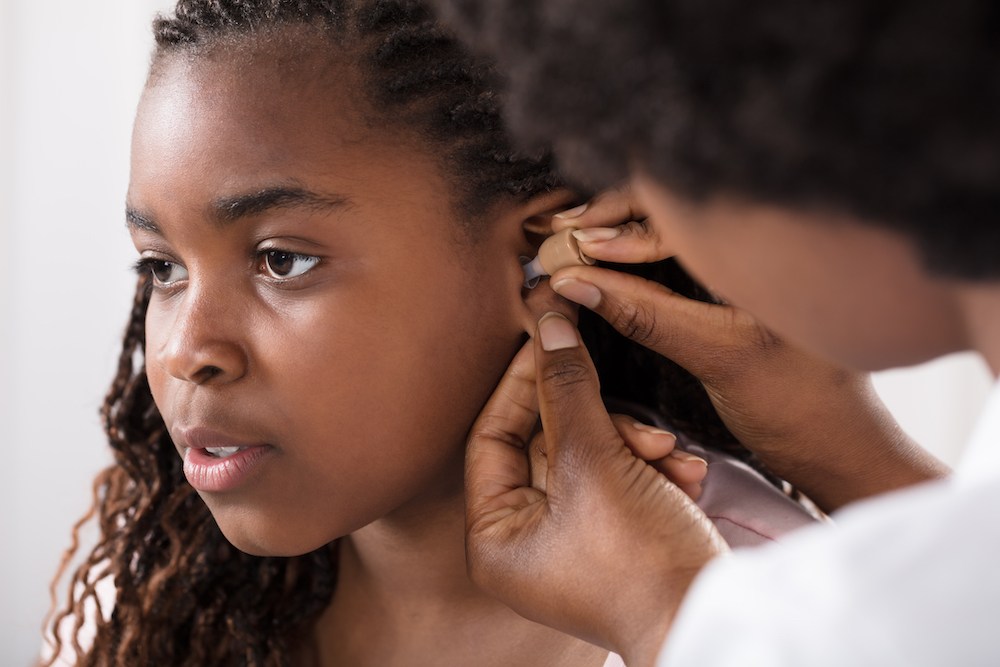The Impact of Hearing Loss on Relationship Satisfaction
Hearing loss affects more than just your ability to hear – it can also


Hearing loss affects more than just your ability to hear – it can also

Noise is a regular part of many work environments, and over time, it can

When a loved one begins to experience hearing loss, the changes can be